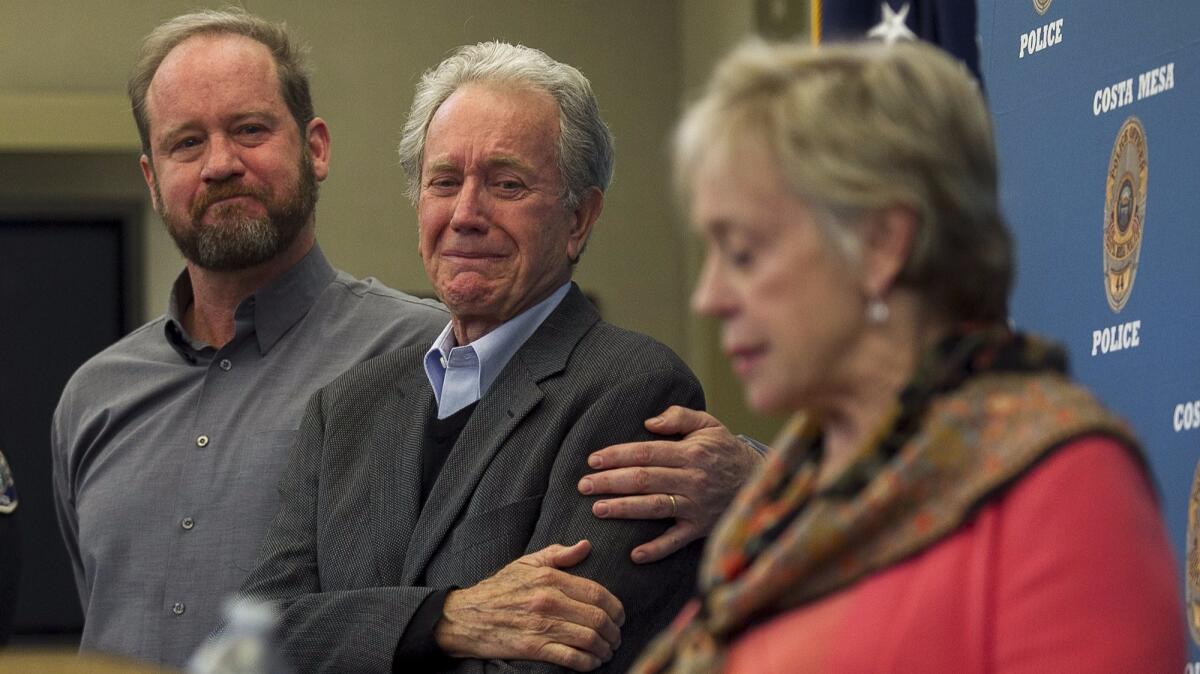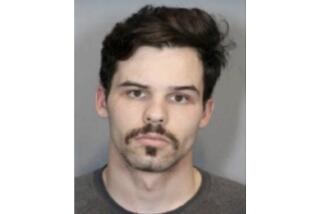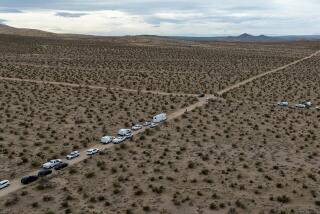Police identify murder suspect in 1997 Costa Mesa cold case

It has been exactly 20 years since the body of Sunny Adrienne Sudweeks, a 26-year-old photography student, was found on her bed inside her Costa Mesa apartment. She had been raped and strangled.
Sudweeks’ family says the Orange Coast College student’s personality shone as brightly as her name. She was happy, artistic and made friends with ease. For decades, her family and Costa Mesa police detectives had been trying to comprehend who could carry out the brutal killing.
On Thursday, Costa Mesa police identified Felipe Vianney Hernandez Tellez, 43, as a suspect in the case. He is believed to be living in Oaxaca, Mexico, possibly near the resort town of Puerto Escondido with his wife and children. Hernandez Tellez previously worked as a painter and currently delivers rotisserie chickens, police said.
Detectives identified Hernandez Tellez through DNA and face-simulation technology that was able to create a profile of a possible suspect for authorities. The profile, along with fingerprints from the crime scene, helped them link Hernandez Tellez to the crime.
Detectives plan to work with the Orange County district attorney’s office to file charges and pursue Hernandez Tellez’s extradition. It’s unclear how long it could take before he is taken into custody, Lt. Paul Beckman said.
Sudweeks’ parents, Sandy and Alan, expressed their gratitude to the police department for their work and persistence on the case during Thursday’s news conference.

“Sunny was a beautiful young woman. She was just beginning to start her career,” Alan Sudweeks said. “She had a bright future and that was all lost when she was attacked and killed by [Hernandez Tellez]. I’m also angry that for 20 years he has been enjoying life, raising his own children, and yet he denied us the comfort and value of our daughter.”
Sandy Sudweeks appealed to the Mexican government to turn Hernandez Tellez over to American authorities.
“My only prayer over the years has been that the man who killed her could not hurt anyone else,” she said.
Hernandez Tellez was 23 and living in Santa Ana in 1997. Police do not believe he and Sudweeks knew each other. A motive for the killing isn’t clear.
On the night of Feb. 22, 1997, police said Sudweeks had been chatting on the phone in her upstairs apartment in the 1000 block of Mission Drive. She made her last call to a girlfriend around 11 p.m. and went to bed.
The three-bedroom apartment, which she shared with her boyfriend and another roommate, was full of boxes. The group had planned to move three days later. The door was unlocked and her window left open, her family said.
Police say that between midnight and 4 a.m. Feb. 23, a man entered Sudweeks’ apartment, raped and strangled her before fleeing the scene.
Her boyfriend returned from his night shift as a cab driver early that morning and found her body in her bed.
Detectives scoured the scene, collecting more than 130 DNA samples and 265 pieces of evidence. They canvassed the neighborhood, conducting interviews and passing out fliers, hoping to find anyone who witnessed something in those early-morning hours. Fingerprints from the crime scene that had been input in a database didn’t return a match.
With no leads to pursue, the case grew cold. But even years later, it weighed on the minds of authorities.
“It’s one of those cases you just never forget,” Beckman said.
Detectives reviewed the case several times over the years. In November 2016, with the 20th anniversary of the killing approaching, detectives decided to reopen the case.
They got their first break.
Using DNA evidence collected from the crime scene, Parabon NanoLabs, a medical laboratory based in Virginia, provided police with a snapshot profile of a suspect. The process uses DNA to calculate a possible suspect’s facial composite, skin color, eye color, hair color, freckles, gender and ancestry.
Shortly after, detectives ran fingerprints collected at the scene in the national database. The prints matched those collected from Hernandez Tellez from a prior arrest.
The resemblance between the snapshot and Hernandez Tellez’s booking photo from 2000 was uncanny, Beckman said.
Over the past two months, detectives have interviewed his family members and tested DNA from one of his relatives against DNA collected from the crime scene. Police say the results show a “high likelihood” that the relative and the perpetrator who killed Sudweeks are related.
“The Sudweeks family has had to bear an enormous weight over the last 20 years,” Costa Mesa Police Chief Rob Sharpnack said. “We are pleased with where we’re at today, but that’s nothing close to what we’re going to feel when this individual, this heinous criminal, is brought before justice. We will not stop, we will not rest, until this individual is in custody.”
Fry writes for Times Community News.
Twitter: @HannahFryTCN
More to Read
Start your day right
Sign up for Essential California for news, features and recommendations from the L.A. Times and beyond in your inbox six days a week.
You may occasionally receive promotional content from the Los Angeles Times.







